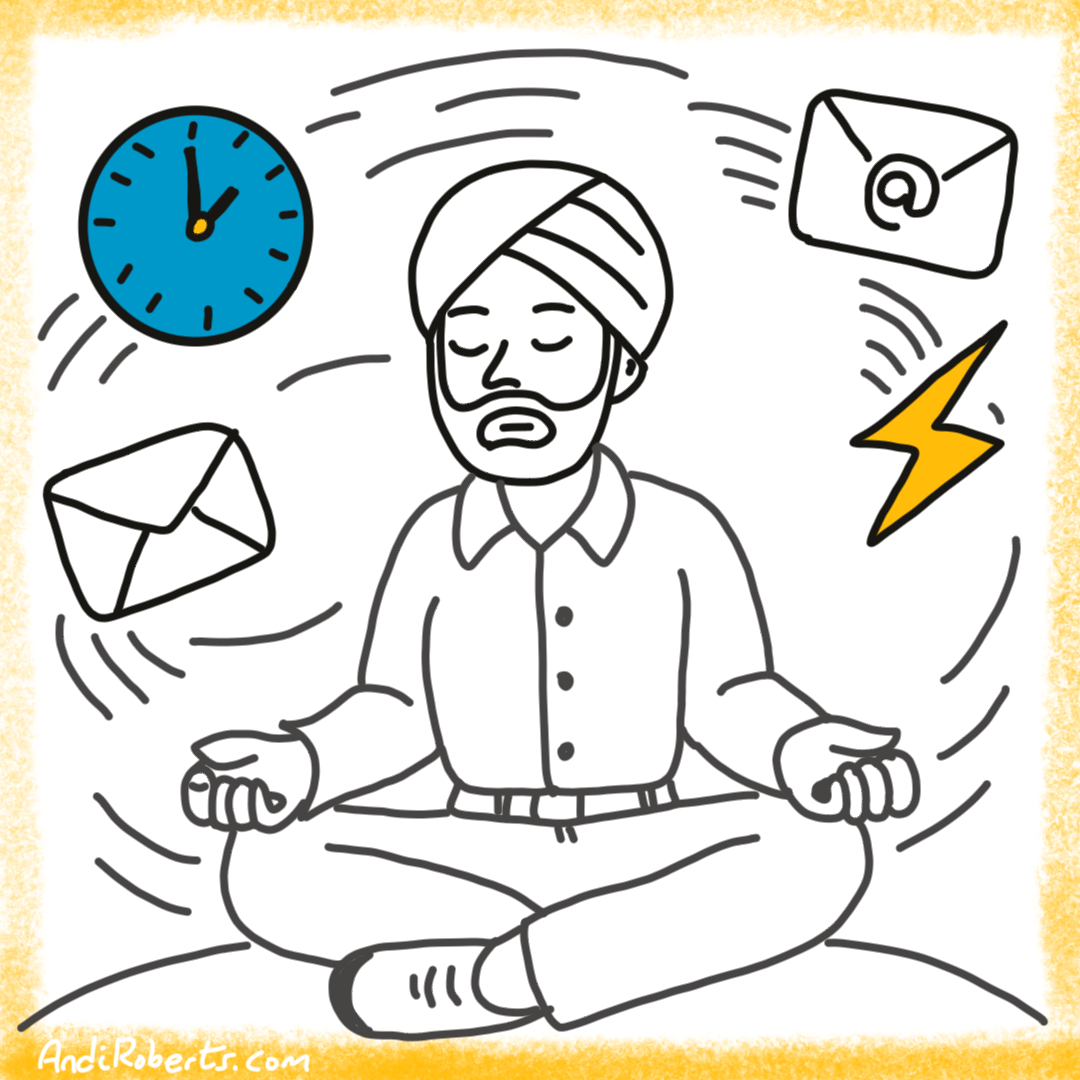Self-expression is the moment when what we feel inside meets the outside world. It is the bridge between awareness and action. If self-perception is knowing ourselves, self-expression is letting ourselves be known.
In the EQ-i model, this realm includes three capacities: emotional expression, assertiveness, and independence. Together they shape how we communicate feelings, how we state needs and boundaries, and how we act from our own judgement. Self-expression is not about being loud or forceful; it is about being clear, authentic, and present.
Without it, relationships often falter. Unspoken emotions turn into irritation. Needs that remain hidden become unmet. Dependence on approval leaves us cautious or resentful. We may appear agreeable, but something important goes missing: our voice.
The alternative is liberating. Naming emotions builds trust and reduces misunderstanding. Being assertive signals respect for both self and other. Acting independently shows integrity and steadiness. When these three are in balance, we participate fully without losing ourselves.
Self-expression is not licence to say everything that comes to mind. It is a discipline: choosing when and how to share our truth. It asks for courage, but also care. Done well, it creates relationships that are grounded, transparent, and resilient.
The invitation of the Self-Expression realm is this: let your feelings have a voice, let your needs be known, and let your choices come from your centre. In doing so, you bring into the world not just what you think, but who you are.









Leave A Comment